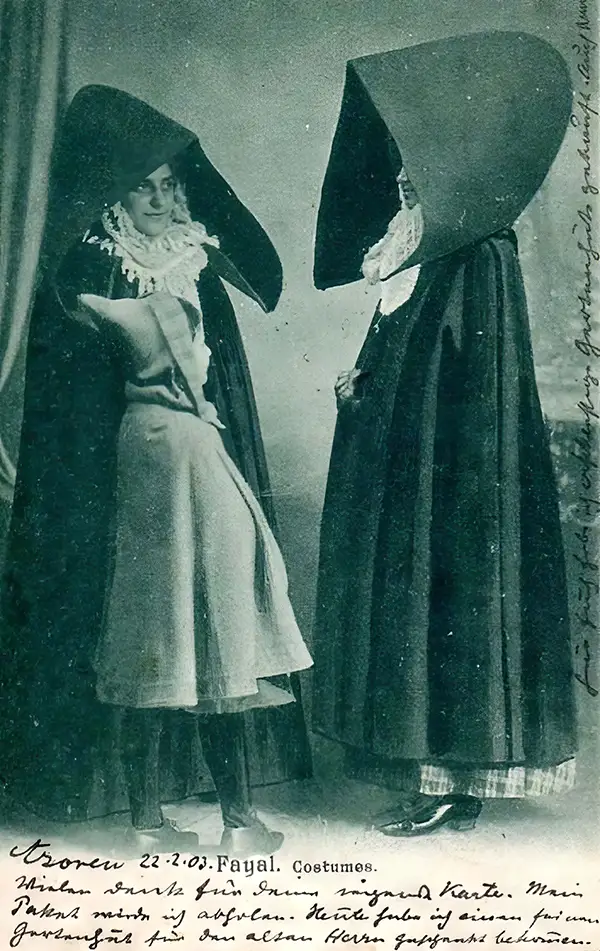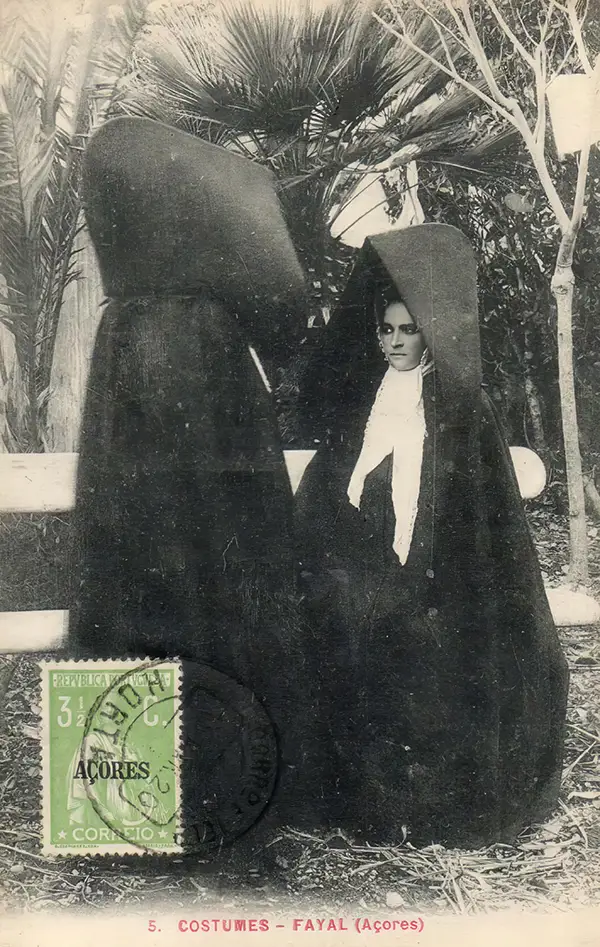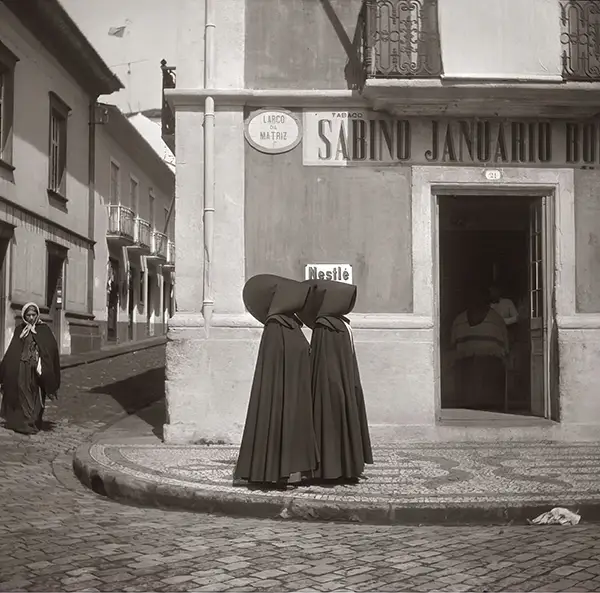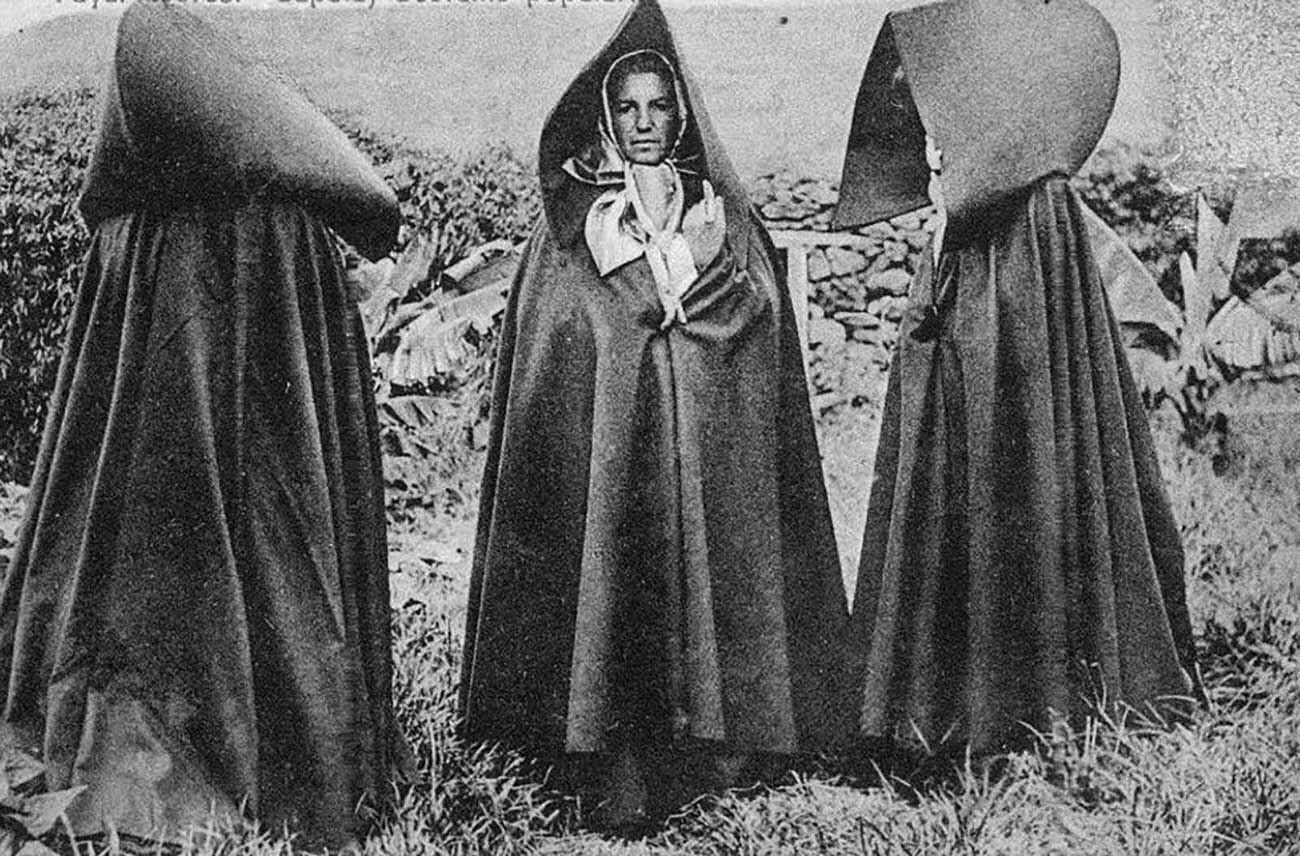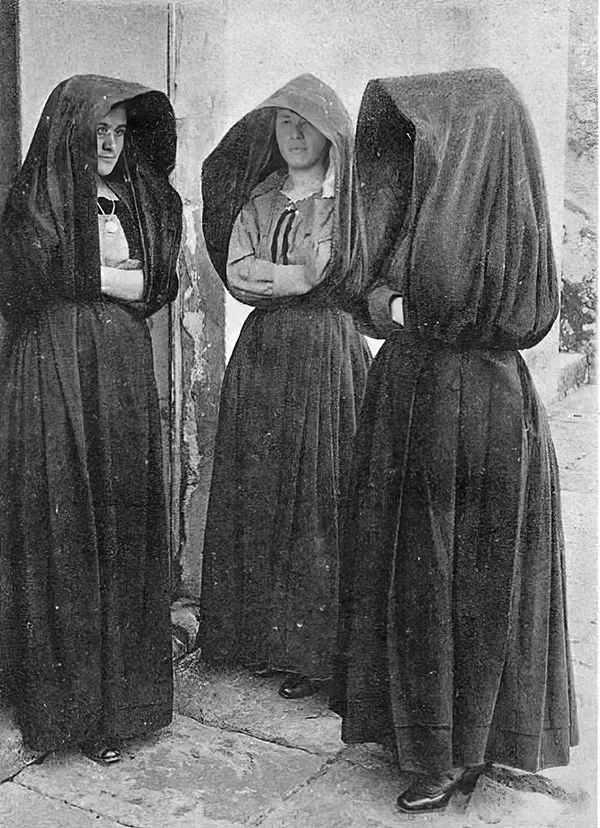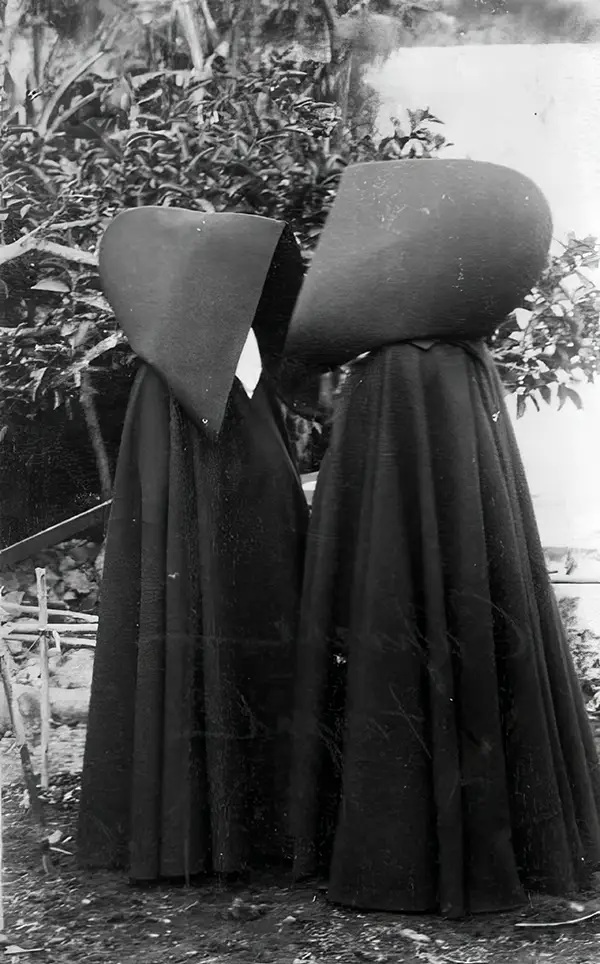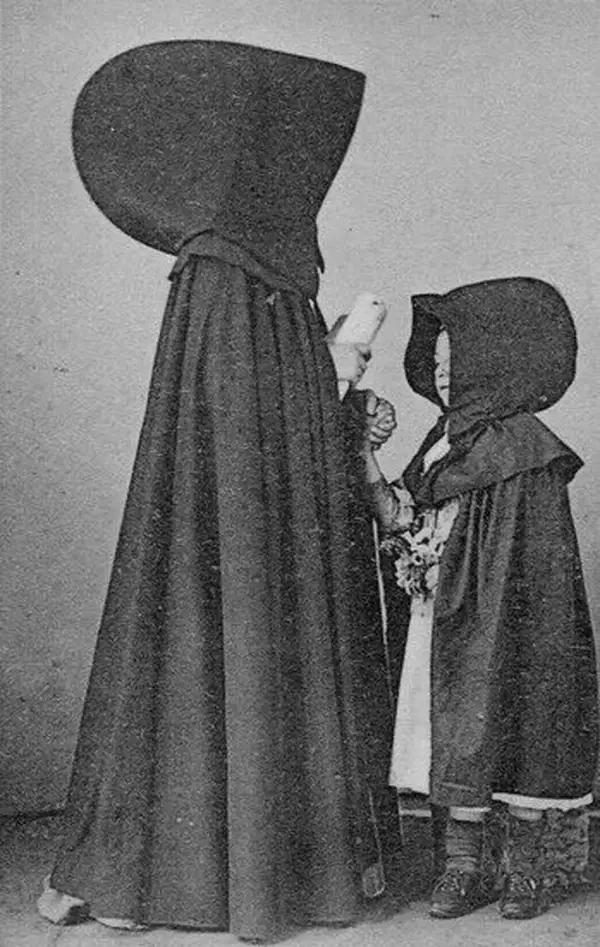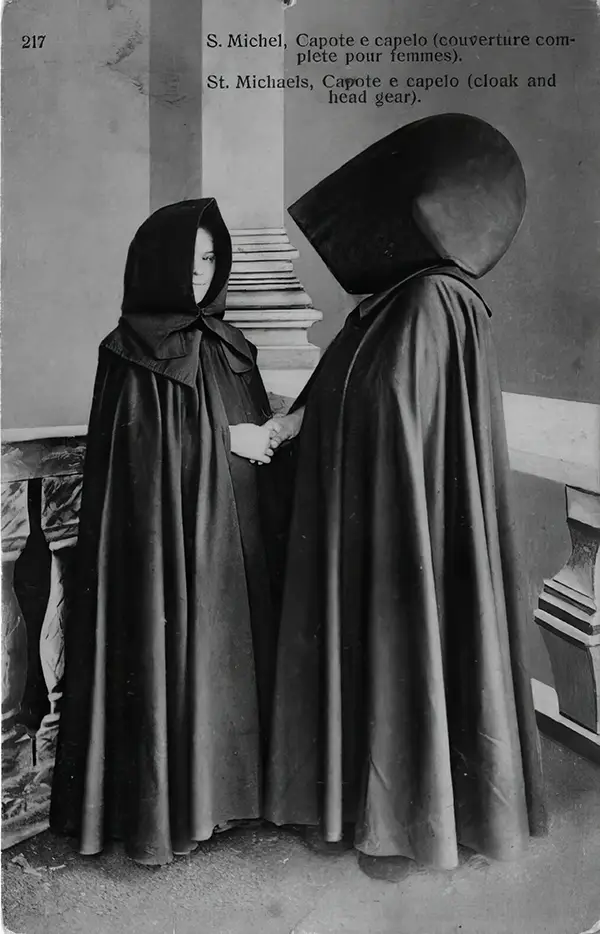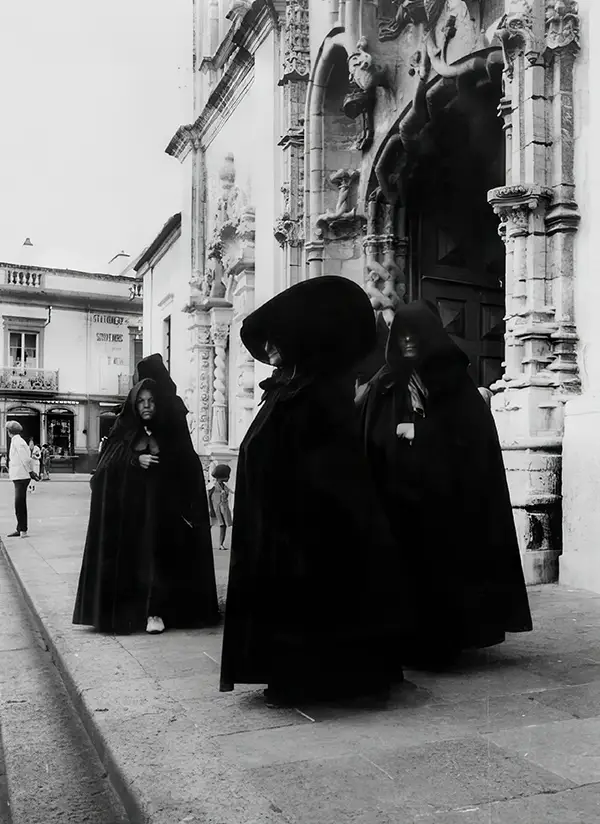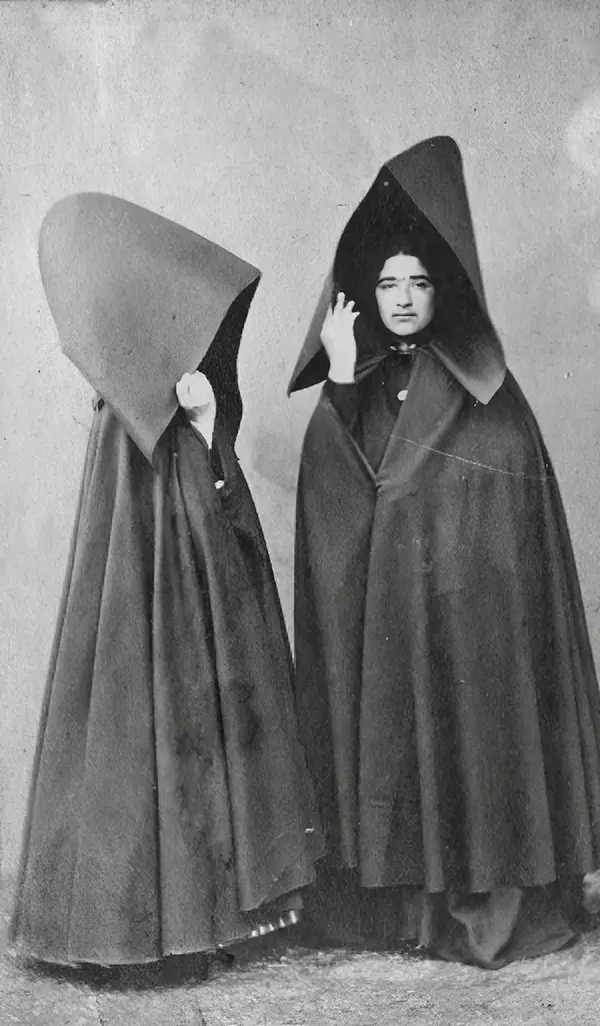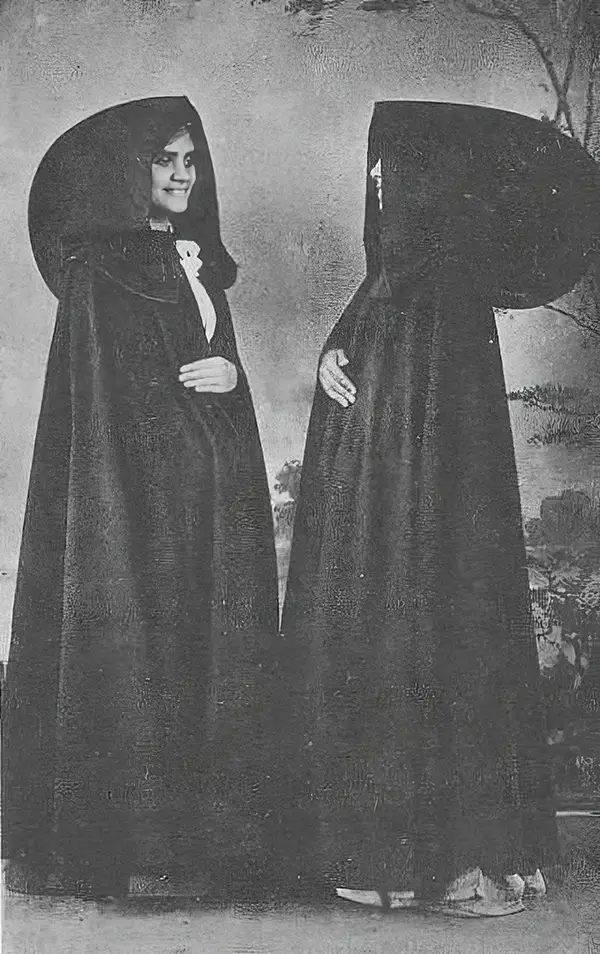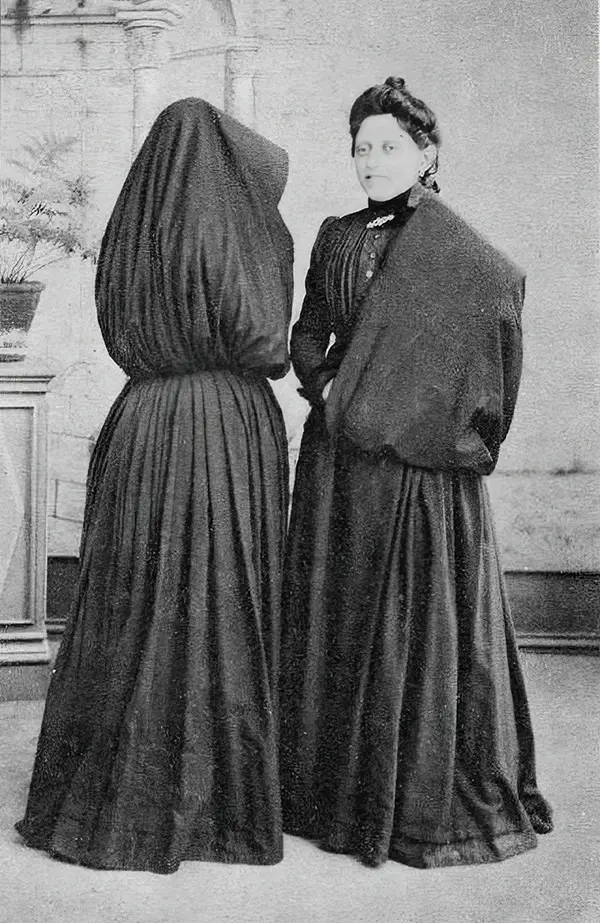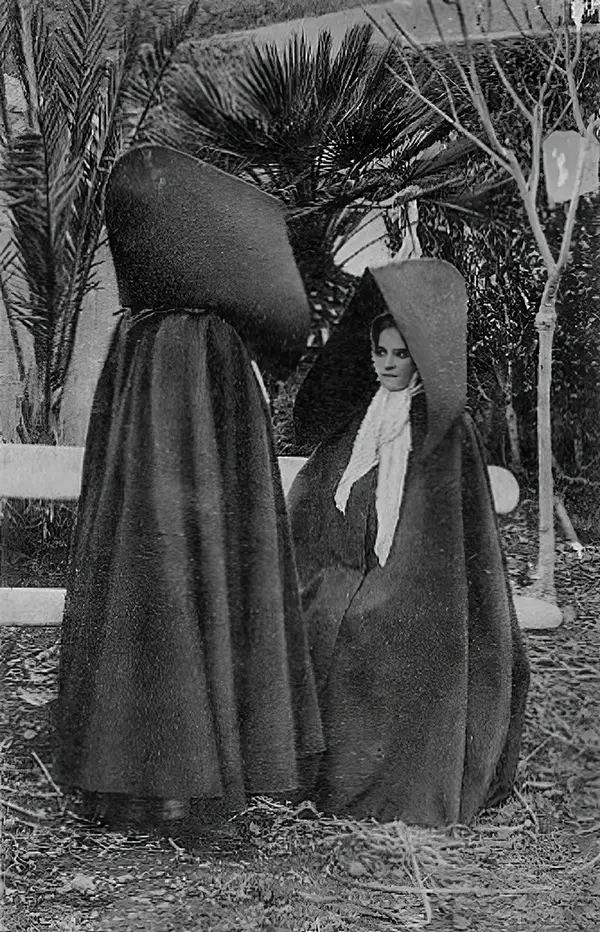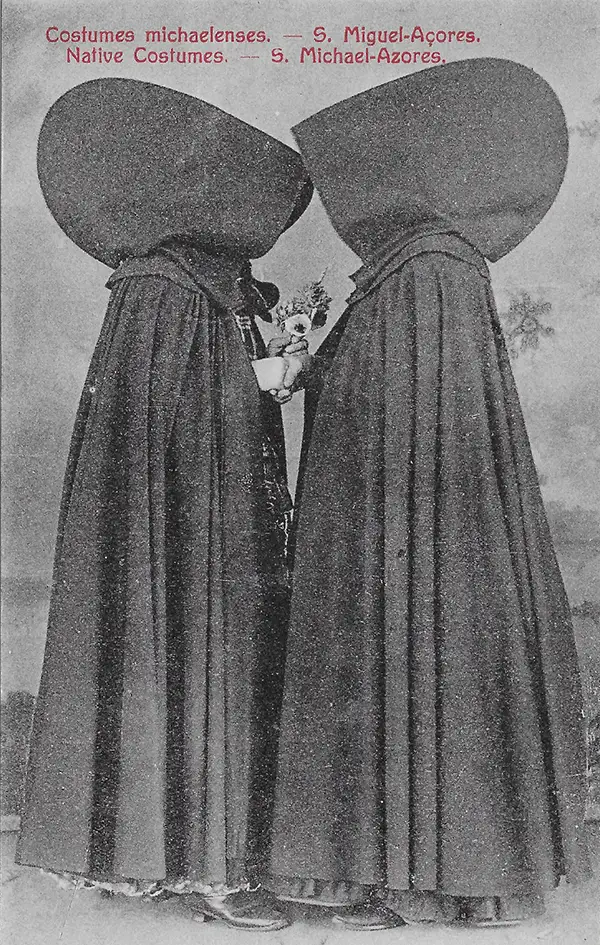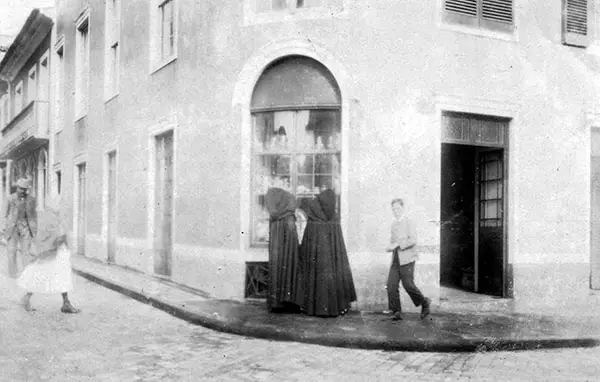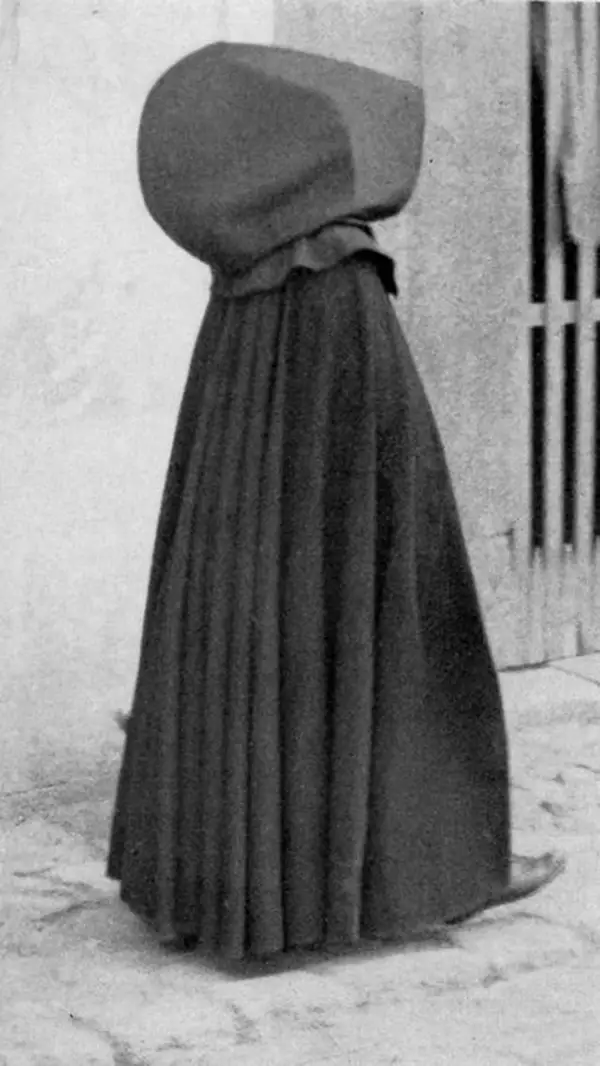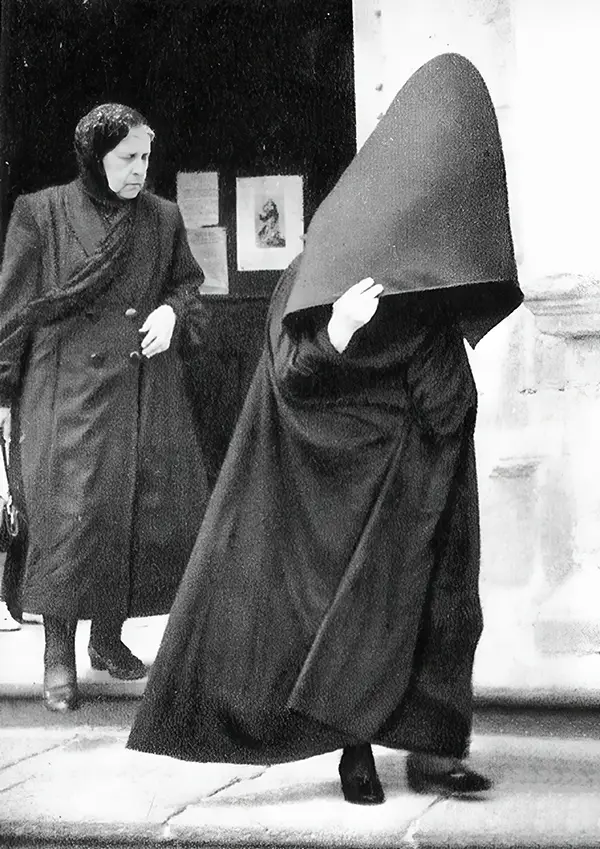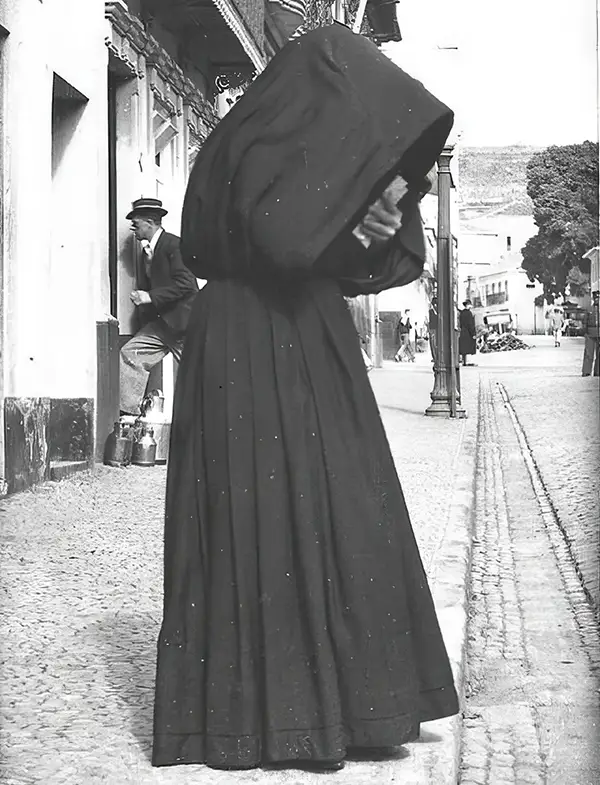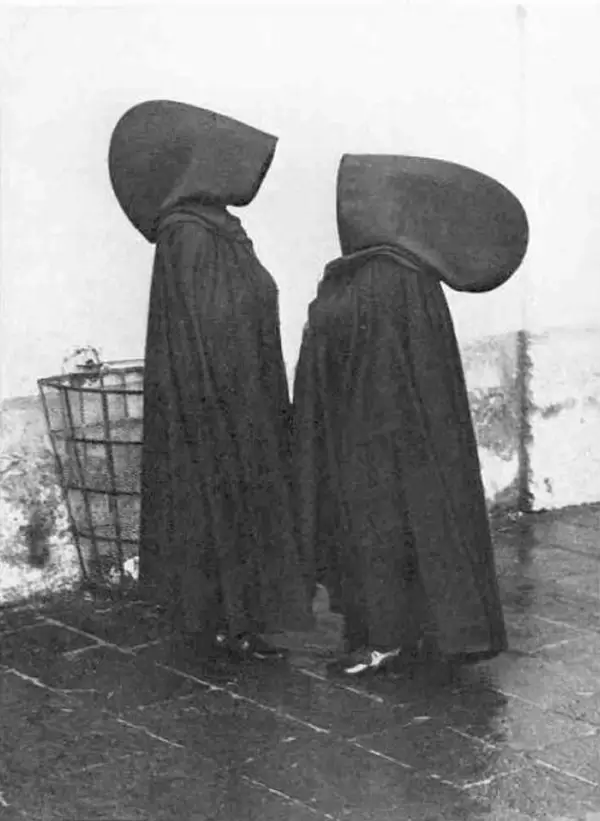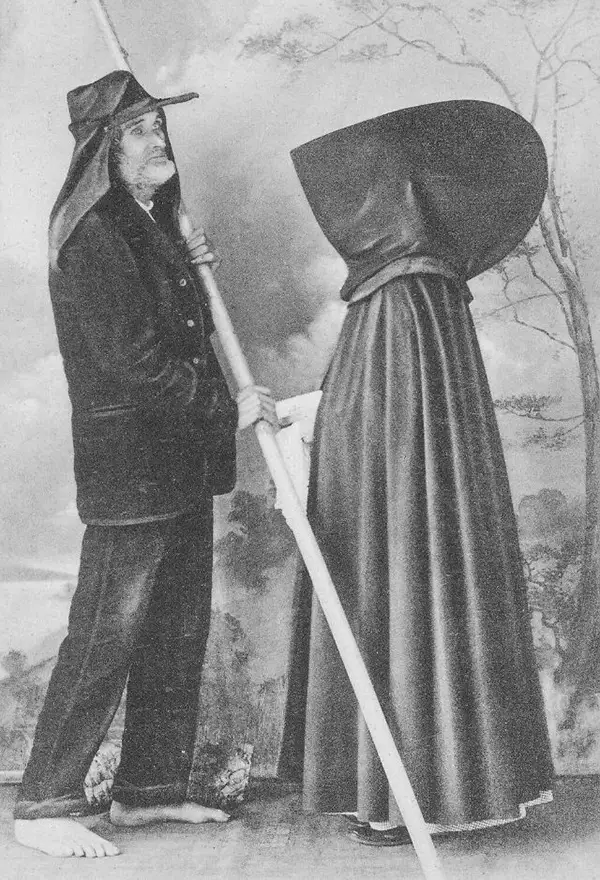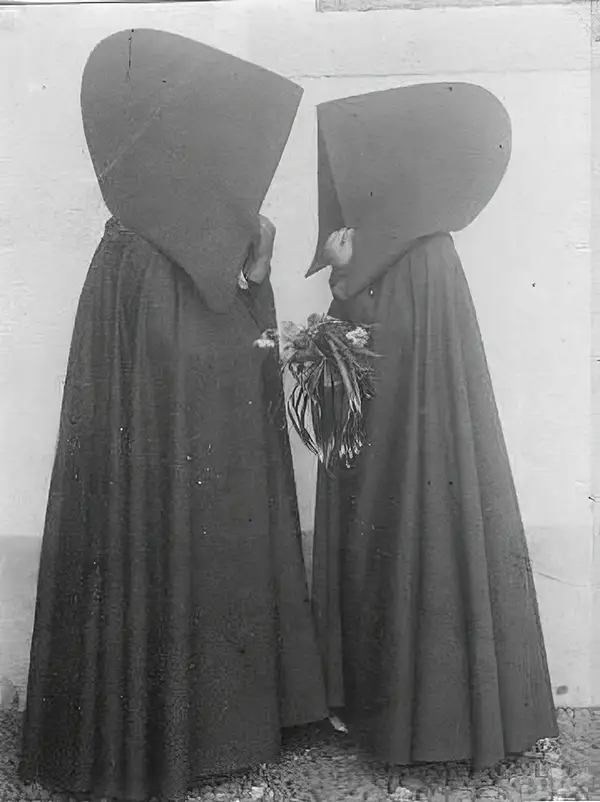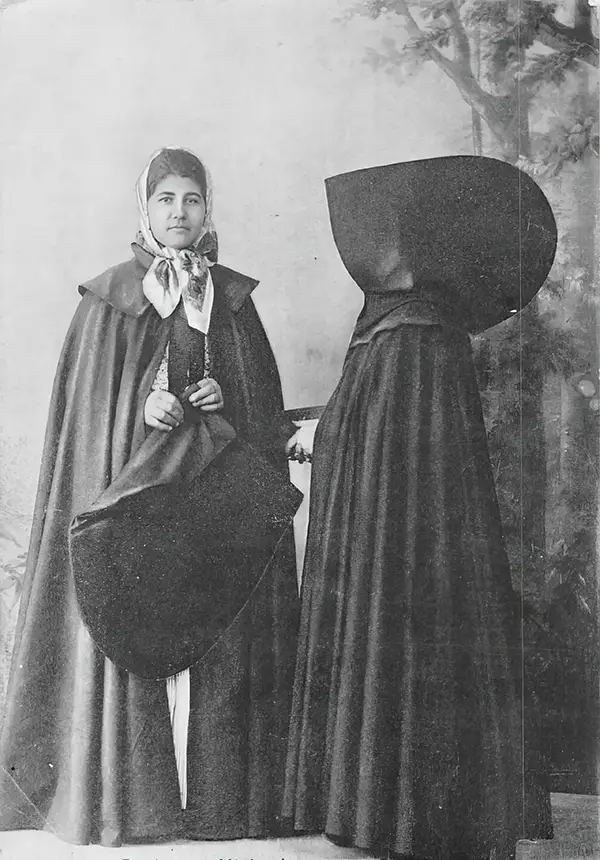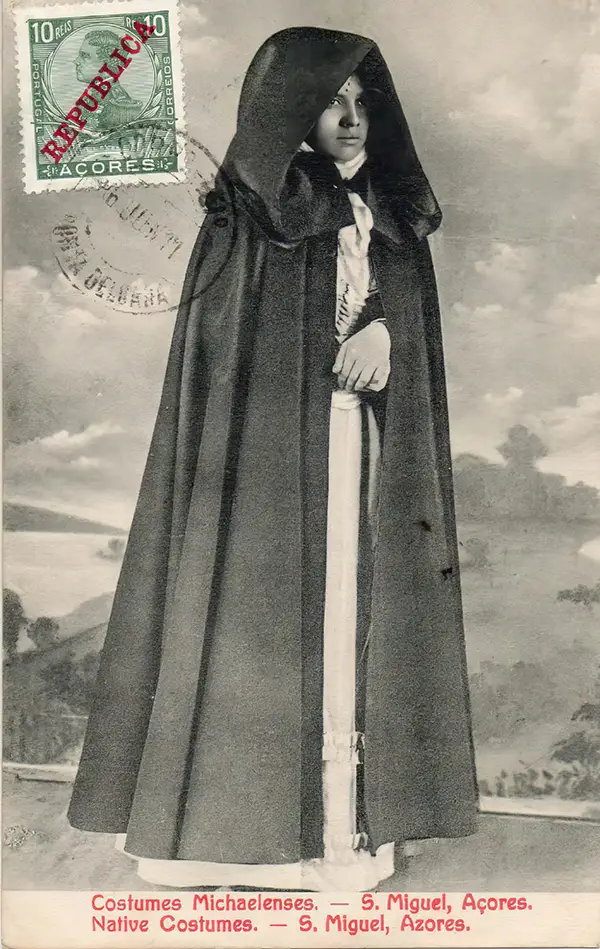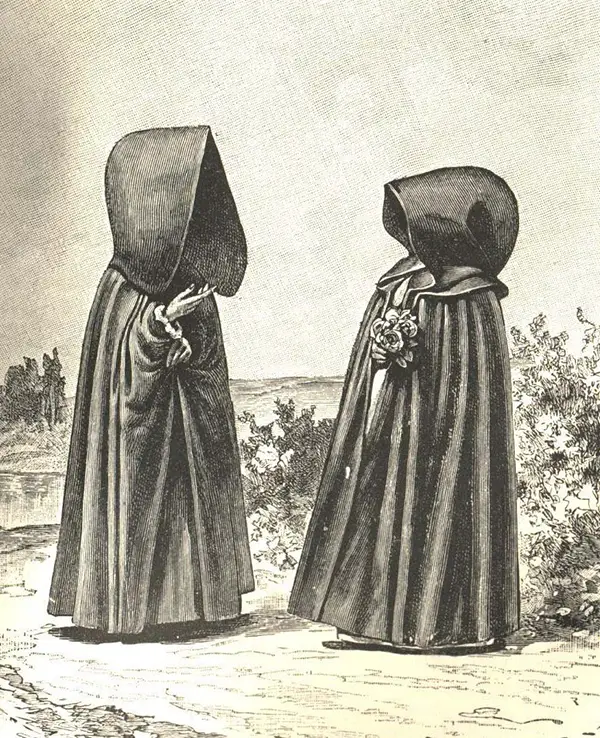The Azorean Hood, known in Portuguese as capote e capelo, is a traditional garment that represents the rich cultural heritage of the Azores, a group of islands in the Atlantic Ocean. This distinctive hooded cape was worn primarily by women until the 1930s and serves as a symbol of the islands’ unique blend of cultures. Its history, design, and significance provide a fascinating glimpse into the lives of those who inhabited the Azores.
Historical Background
The origins of the Azorean Hood are somewhat debated among historians. Some believe that the hood has roots in Flemish culture. The Azores experienced an influx of settlers during the 15th and 16th centuries. Among these settlers were people from Flanders, Genoa, Britain, France, and mainland Portugal. This mix of cultures influenced the traditions and customs of the islands.
Flemish settlers began arriving in the Azores around 1450. By 1490, there were approximately 2,000 Flemings living on the islands of Terceira, Pico, Faial, São Jorge, and Flores. Due to the significant presence of these settlers, the Azores were sometimes referred to as the Flemish Islands or the Isles of Flanders. This cultural exchange likely played a role in shaping the design and use of the Azorean Hood.
Read more
Design and Features of the Azorean Hood
The Azorean Hood features a long, dark cloak combined with a large, hooded cape. This design creates a dramatic silhouette that is instantly recognizable. The primary purpose of the hooded cape was to protect the wearer from the harsh and unpredictable weather of the Azores. The islands are known for their sudden changes in weather, and the thick cloak effectively shields against rain and wind.
Constructed from thick, durable materials, the Azorean Hood was made to withstand the elements. The most common fabric used was electric-blue cloth, which is known for its durability. This fabric could last for generations, often being passed down from mothers to daughters. The color and quality of the material made the hoods not only functional but also a representation of family heritage.
The design of the Azorean Hood varied from island to island. For example, on the island of Faial, the cape had an extravagant wedge shape that rested on the shoulders and extended significantly in front. This variation reflected the local customs and traditions, while still maintaining the core characteristics of the hooded cape.
Cultural Significance
Over time, the Azorean Hood became deeply embedded in Azorean culture. It symbolized modesty, social status, and the region’s multicultural heritage. The hood was often worn during important events and celebrations, reinforcing its role in the community. It was common to see women in the Azores wearing these hoods during church services, festivals, and daily activities.
The capote e capelo also served as a form of identity for the women of the Azores. In a society where social status played a significant role, the quality and style of the hood could indicate a family’s standing. Women took pride in their hoods, often choosing fabrics and colors that reflected their family’s heritage and values.
In Mark Twain’s book “Innocents Abroad” (1869), he provides a humorous description of the Azorean Hood:
Here and there in the doorways we saw women with fashionable Portuguese hoods on. This hood is of thick blue cloth, attached to a cloak of the same stuff, and is a marvel of ugliness. It stands up high, and spreads abroad, and is unfathomably deep. It fits like a circus tent, and a woman’s head is hidden away in it like the man’s who prompts the singers from his tin shed in the stage of an opera… a woman can’t go within eight points of the wind with one of them on; she has to go before the wind or not at all.
Twain’s description, while humorous, highlights the unique design of the Azorean Hood. It emphasizes how the garment served both practical and cultural purposes.


